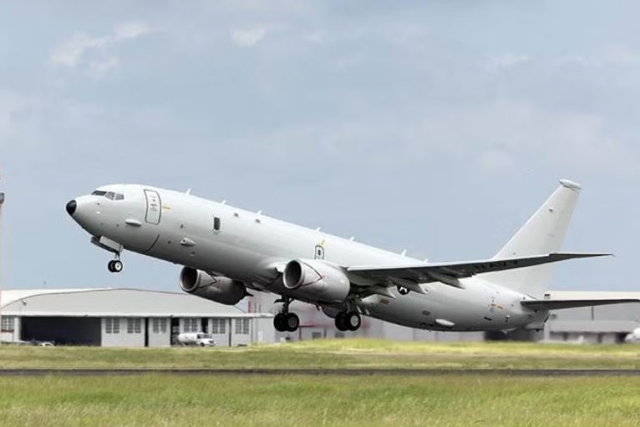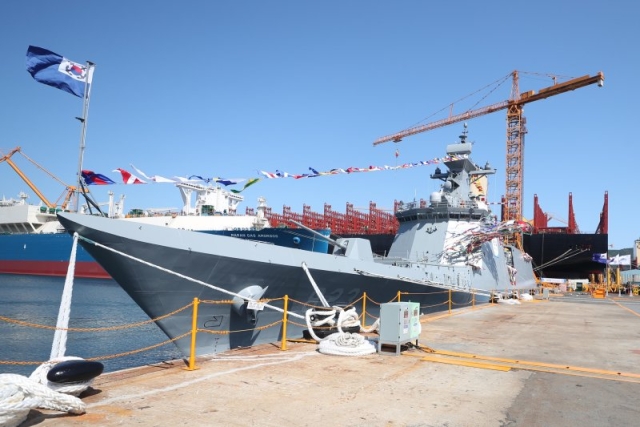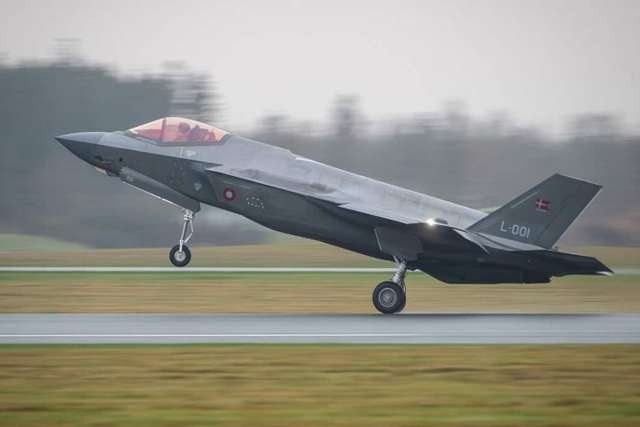Northrop Grumman’s AESA radar for F-16 is in operation for the last four years

Mr Dave Wallace, Manager, F16 Sensor Improvements, Northrop Grumman Global Sensor Solutions
Defenseworld.net interviewed Mr Dave Wallace, Manager, F16 Sensor Improvements, Northrop Grumman Global Sensor Solutions.
DW : One of the conditions of the Indian contract is that the AESA radar must be fully tested on a aircraft already flying with a foreign airforce. Does the Northrop AESA radar meet this requirement?
Dave Wallace: We have said that we meet or exceed all of MMRCA’s requirements across the board. Yesterday there was a briefing by the Lockheed Martin pilots about NG radar and how much it’s improved their situational awareness almost immediately. The guys that were talking about it were 2 instructor pilots. It was first put in operational use in 2005 – fully tested. It shares a lineage with the APG 81 which is on the F35 and the APG 77 which is on the F22. No one will take exception that F35 and 22 are the only two 5th Generation fighters on the planet.
DW : Can you briefly describe the features of the AESA radar what is the strategic value it will bring to the IAF.
Dave Wallace: AESA radar is something that everyone will have from now on because it is a step in the evolution of power control multi -function radars. The key advantages are it has simultaneous operations in many modes, its ability to reposition where it’s looking very quickly, imperceptibly completely to the human eye. The biggest reason for this supreme reliability is that there are no moving parts, there’s no antenna chain or drive strap or motors of whatever is used for the motion. It covers a sphere very similar to what a classic part control radar would cover.
DW : How the Northrop AESA radar compare with that offered by competitors in the Indian MMRCA competition.
Dave Wallace: I really don’t know, to be honest we have familiarity with our American brethren who supplying their radar with the Boeing. It should be noted that Boeing did not bring their radar to India and try in the Indian environment and Lockheed did, so we’ve demonstrated that our radars are fully operational and exportable here in these conditions. The more we can learn about our competitors from the Press is that they are in various stages of development. Apparently a couple of them have a flown a couple of times, a couple of their fighters but they can hardly be conceived to be operational. The biggest difference here is that APG 80 has been operational for 4 years after development and testing now and all of the modes are mature, proven, can be demonstrated and measured. From the time they have been developed to the time they’ve been operational use, all the modes have been tweaked by the customers and they have to perform at a very high level. I think our other 4 competitors have the 4 year operational period yet to come. So, they don’t have that benefit of expertise. Well in this case, it has been fully developed from the time is has been operational. I was explaining it to someone we make the radars and we supply with modes and performance the customer demands to begin with. What I’ve learnt watching the flight trial over here is our pilots have spoken to customers and they have made some very clever usage of this and taken some interesting paths that we could not envision – very positive paths. We must also notice the maturity and reliability. We have never had to replace an APG 80 antenna, over 40,000 flying hours and we’ve never had to replace it.
DW : Who’d be the closest competition?
Dave Wallace: I really don’t know. Again it would be very speculative of me to say. I know that the Raytheon products are in the Boeing offering has been operational use for a while but how they plan on employing it in this configuration – I don’t know. So maybe they are the closest radar competitors. Probably, I will say that Northrop won head to head competition with Qs and Raytheon with the F22 and the F35. Yeah, they were competing at this level with us 5-10 years ago. So I would say they probably are our closest competitors. I saw the discussion that our company has been permitted to talk about this with the Government of India and armed forces. I’m not familiar with the deal at all but what’s missing from this is India’s interest is in that platform. I’m sure the company would be delighted to sell them. But I really don’t know what the state of negotiation is on that.
DW : Are you required to supply this Radar only to F16 or can you sell the same radar to other fighters?
Dave Wallace: The APG 80 is only in the F16 so in the MMRCA competition, we are teamed with Lockheed Martin. This radar was made of the F16 IN and F 16 Block 60 only and those planes were made for it. The airplane itself differs from any other F16 on earth in many ways. This radar demands attention from the aero plane and provides a flight that’s unique. So this radar can’t be used for any other but F 16 – it just won’t fit.









